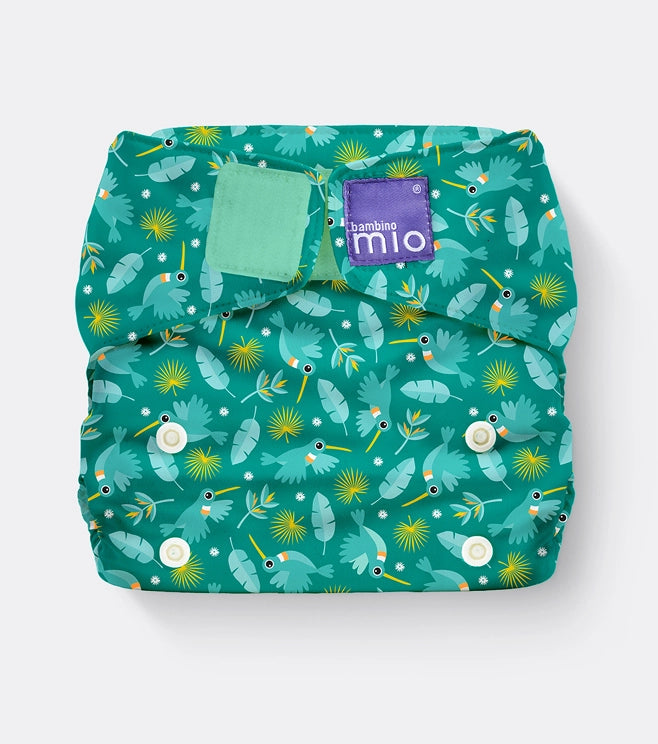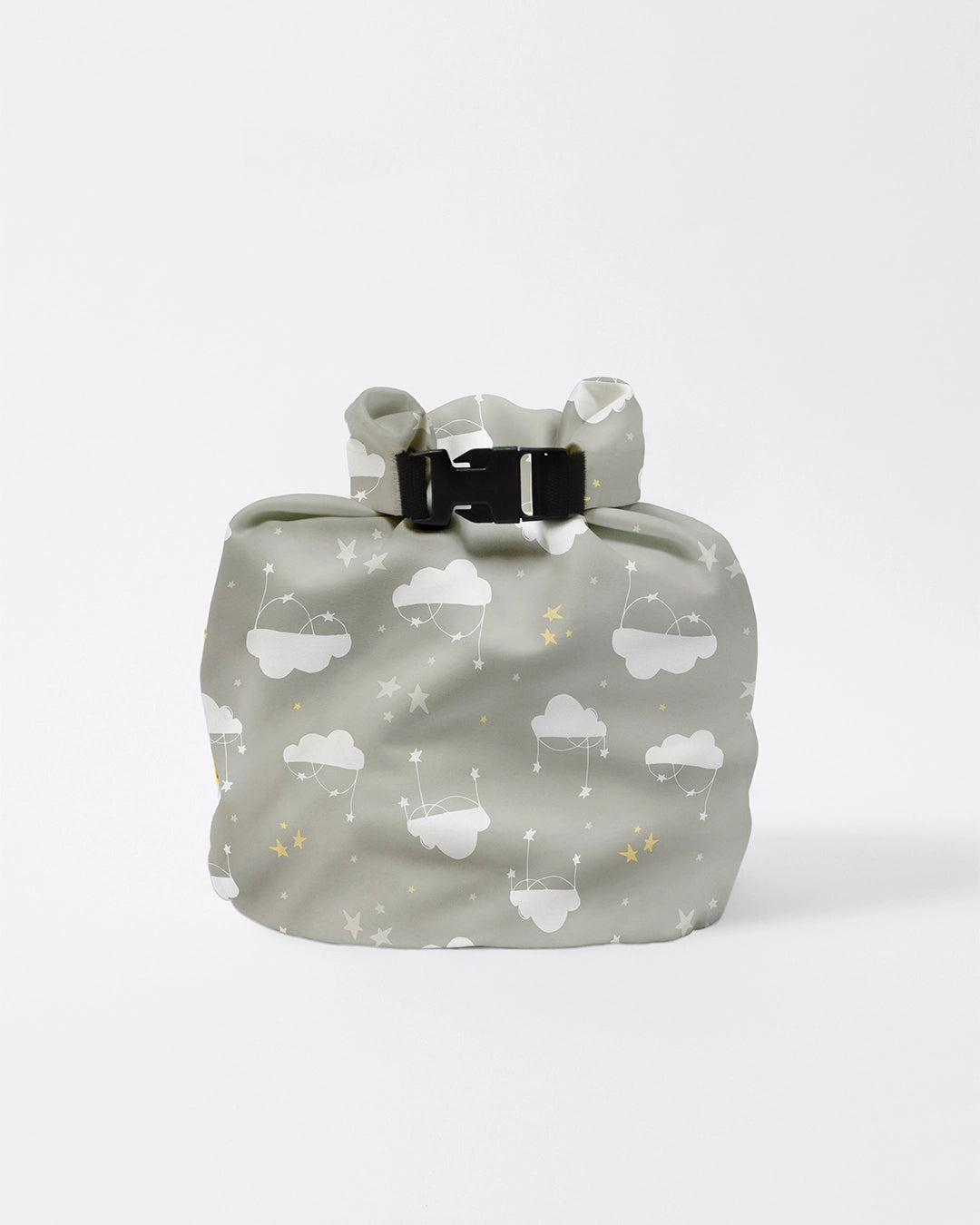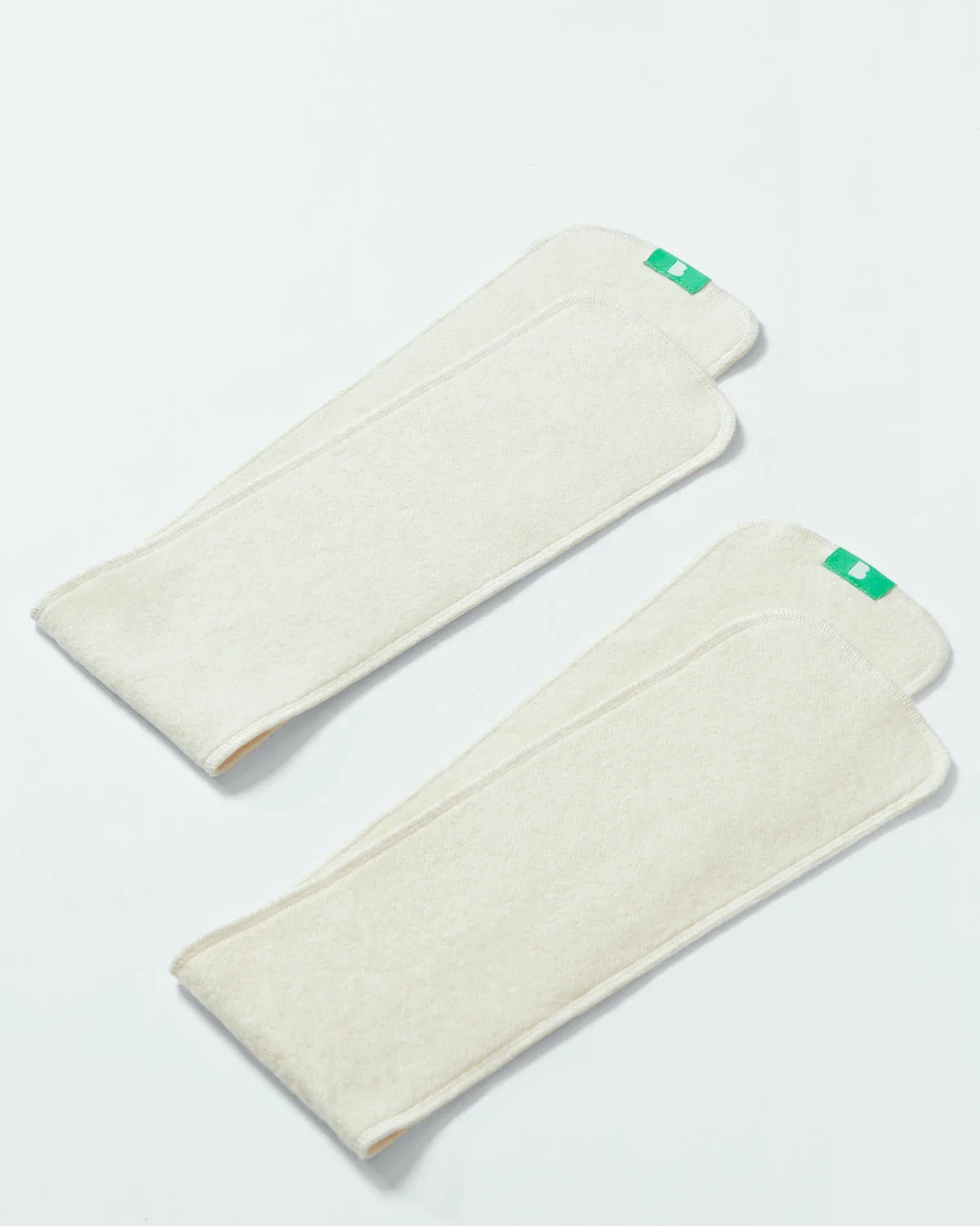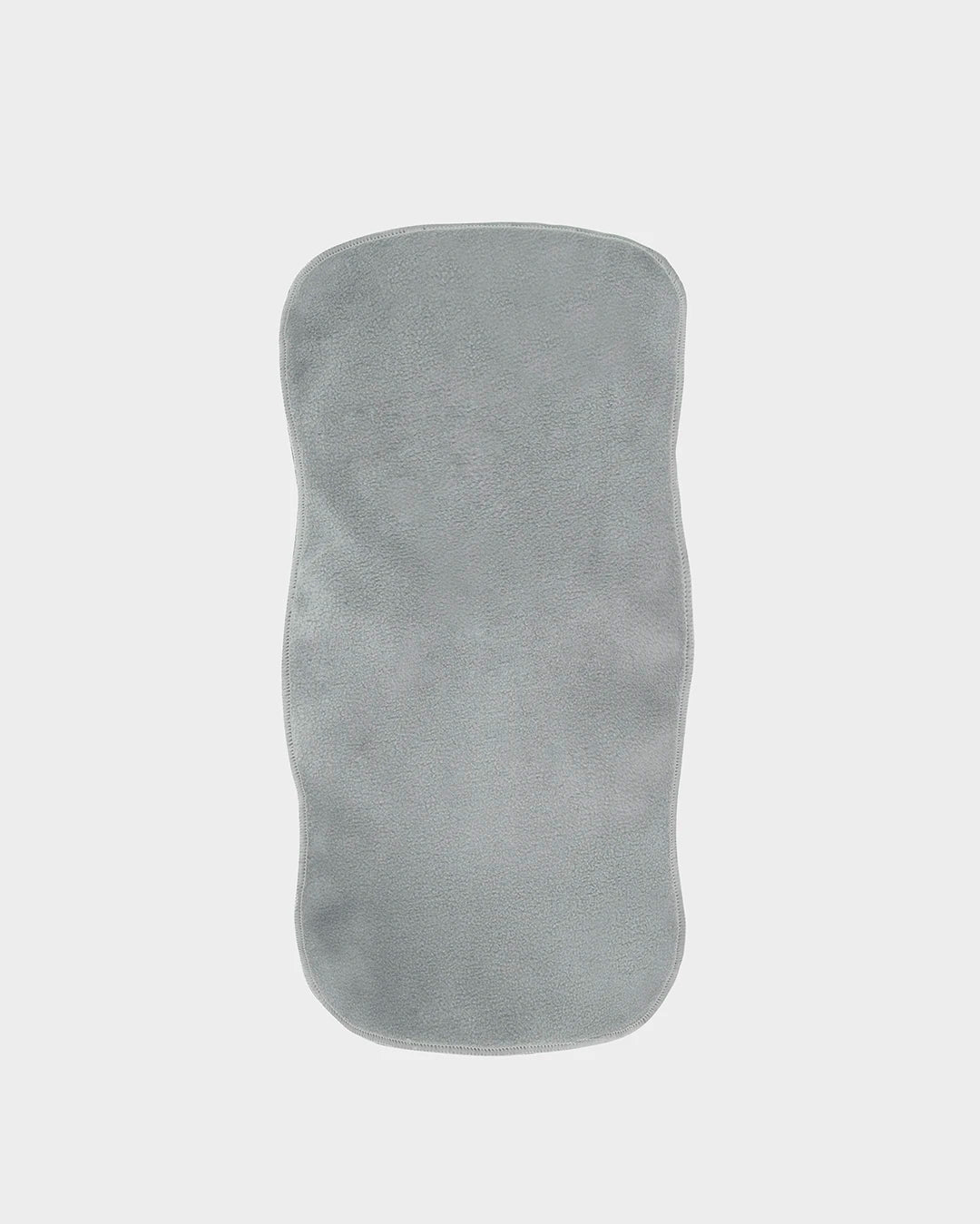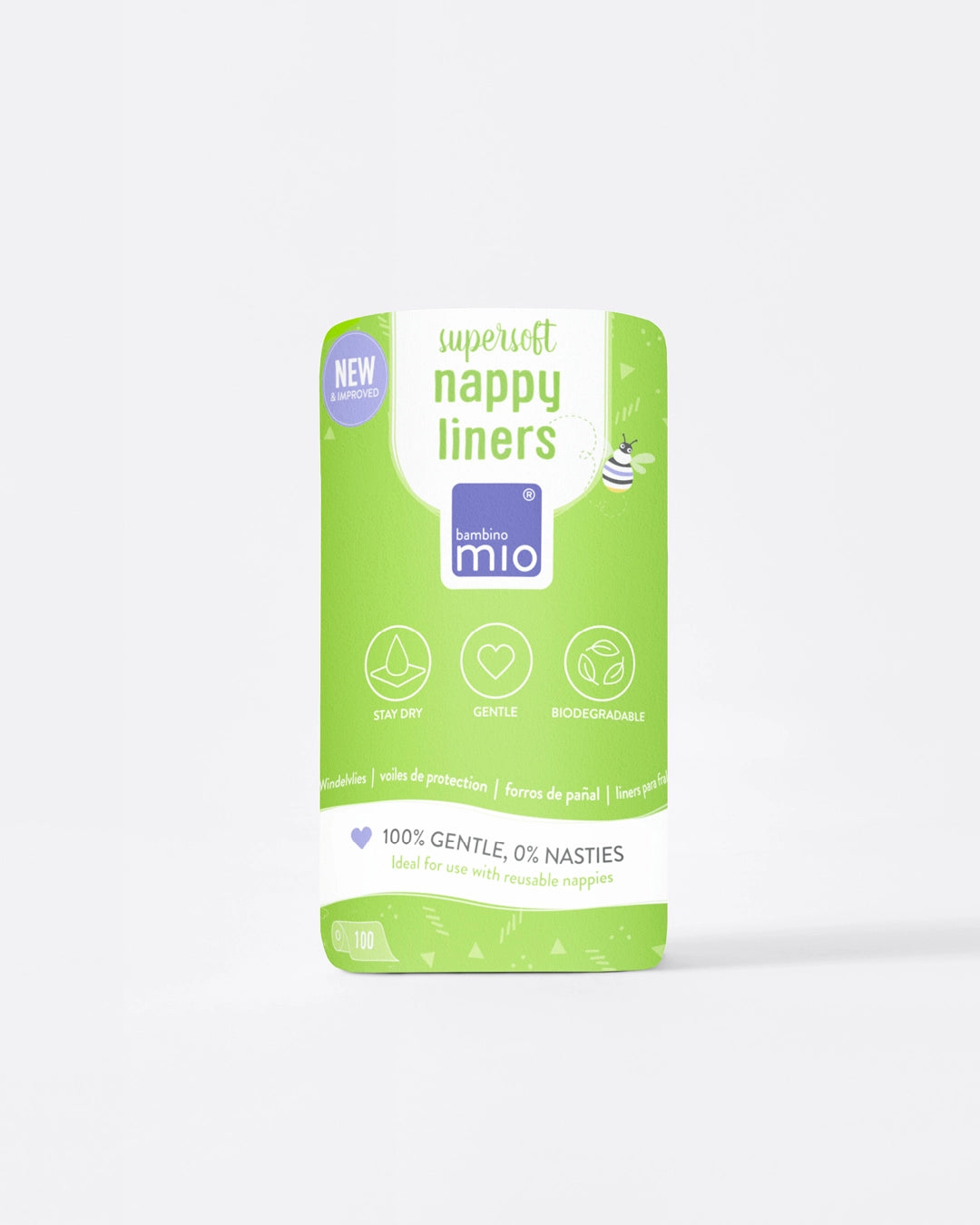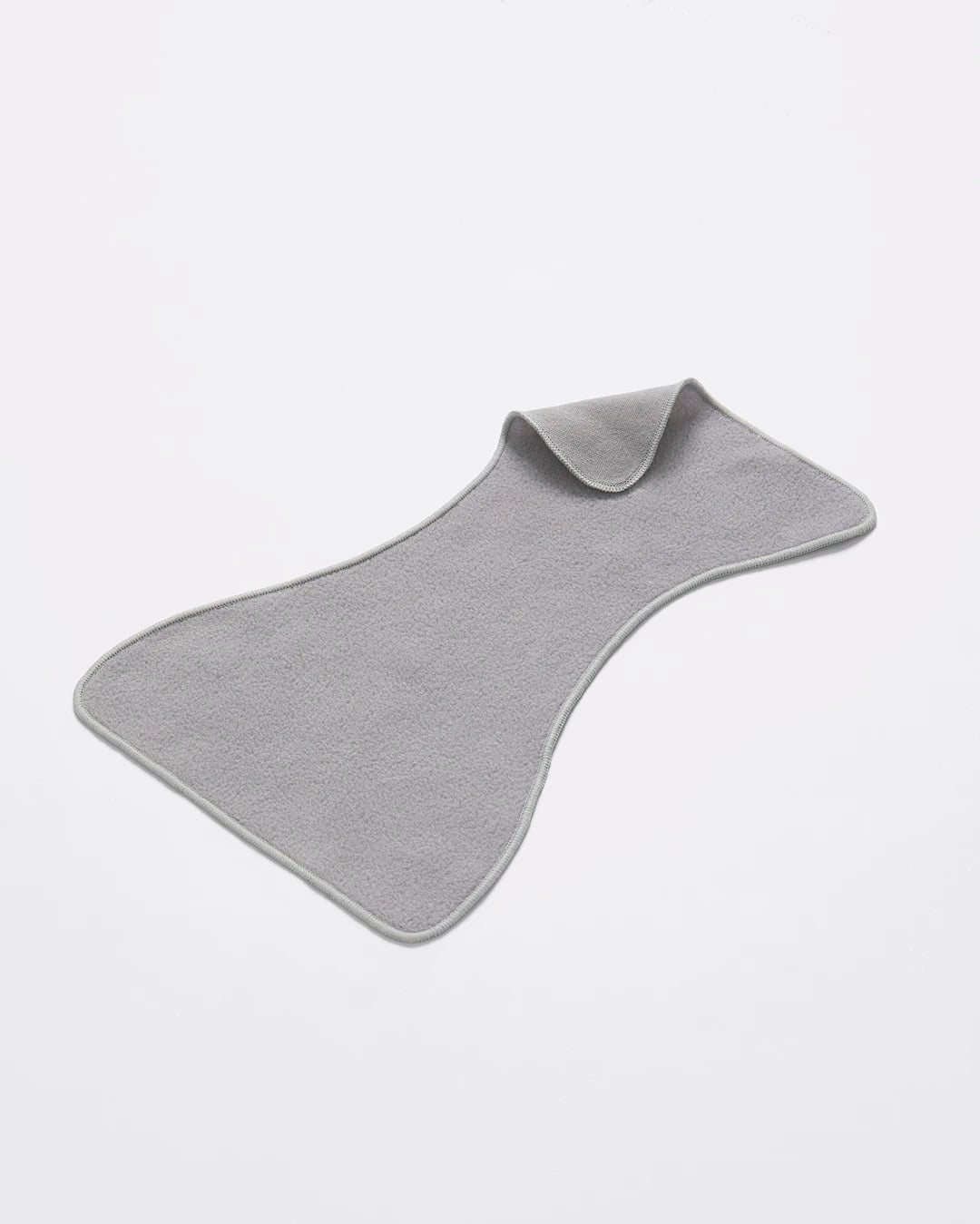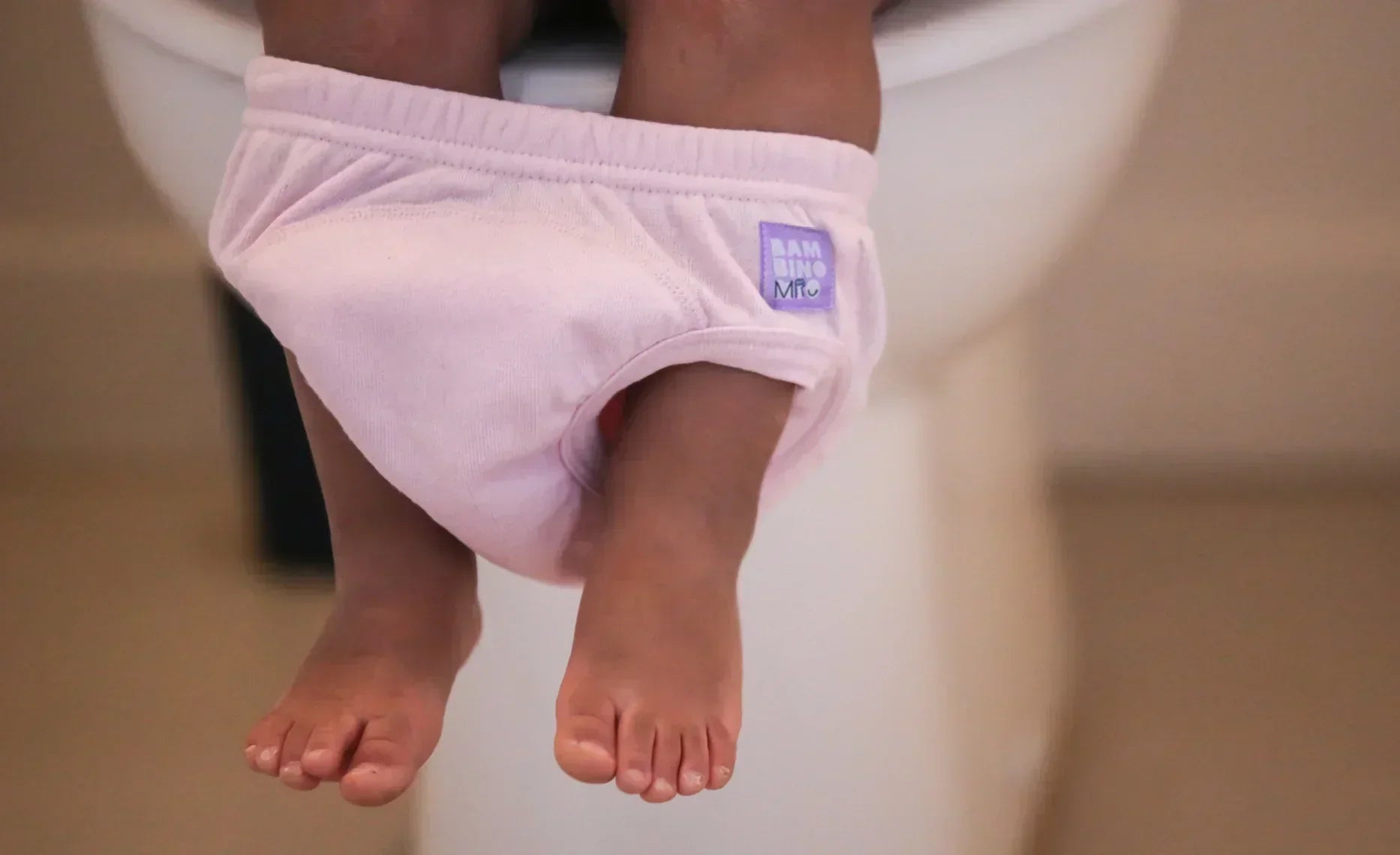Zygote | Glossary of Pregnancy & Baby Term
Share Options
- Bambino Mio
- 24 / 07 / 2023
Inside this Article:
What is a zygote?
A zygote (1) is a fertilised eukaryotic cell. A zygote is formed after the fusion of male and female gametes, or sex cells.
The male gamete is the sperm (2) and the female gamete is the ovum, or the egg (3).
A zygote has DNA from the mother and father
Although two cells fuse, a zygote is made of only one cell, as the sperm and the egg are both haploid, which means they only have one set of chromosomes (4). Once they’ve fused, the single-cell zygote is diploid, which means it has two sets of chromosomes. These two sets of chromosomes give the zygote all the genetic information it needs to carry on dividing to become a baby.
How does the zygote turn into an embryo?
The zygote, which is a single cell, undergoes a long series of mitotic divisions (5). Mitosis is when a cell divides into two identical copies of itself, each new cell carrying the same genetic information as the original cell.
This process of division occurs as the zygote makes its journey down the fallopian tube (6) into the uterus (7).
Although these early cells are identical to each other genetically, as more and more cells arise they begin to take on specialised roles and functions in order to form all the different tissues and organs.
What is a zygote called when it’s no longer a single cell?
By the time the zygote reaches the uterus, it’s turned into a ball of between 16 and 32 cells called the morula (8). The next stage after this is called the blastocyst (9) and it’s the blastocyst which implants into the womb lining at around five or six days after fertilisation (10).
Citations and References
- National Institutes of Health (NIH). National Library of Medicine. ‘Embryology, Fertilization.’ 2023. Web. www.ncbi.nlm.nih.gov/books/NBK542186
- National Institutes of Health (NIH). National Library of Medicine. ‘Sperm.’ 2002. Web. www.ncbi.nlm.nih.gov/books/NBK26914
- National Institutes of Health (NIH). National Library of Medicine. ‘Eggs.’ 2002. Web.www.ncbi.nlm.nih.gov/books/NBK26842
- National Institutes of Health (NIH). National Library of Medicine. ‘Genetics, Chromosomes.’ 2023. Web. www.ncbi.nlm.nih.gov/books/NBK557784
- National Institutes of Health (NIH). National Library of Medicine. ‘Genetics, Mitosis.’ 2023. Web. www.ncbi.nlm.nih.gov/books/NBK482449
- National Institutes of Health (NIH). National Library of Medicine. ‘Anatomy, Abdomen and Pelvis: Fallopian Tube.’ 2022. Web. www.ncbi.nlm.nih.gov/books/NBK547660
- National Institutes of Health (NIH). National Library of Medicine. ‘Anatomy, Abdomen and Pelvis: Uterus.’ 2022. Web. https://www.ncbi.nlm.nih.gov/books/NBK470297/
- National Institutes of Health (NIH). National Library of Medicine. ‘Embryology, Week 1.’ 2023. Web. www.ncbi.nlm.nih.gov/books/NBK554562
- National Institutes of Health (NIH). National Library of Medicine. ‘Embryology, Week 1.’ 2023. Web. www.ncbi.nlm.nih.gov/books/NBK554562
- National Institutes of Health (NIH). National Library of Medicine. ‘A review of Mechanics of Implantation.’ 2017. Web. www.ncbi.nlm.nih.gov/pmc/articles/PMC5769129



